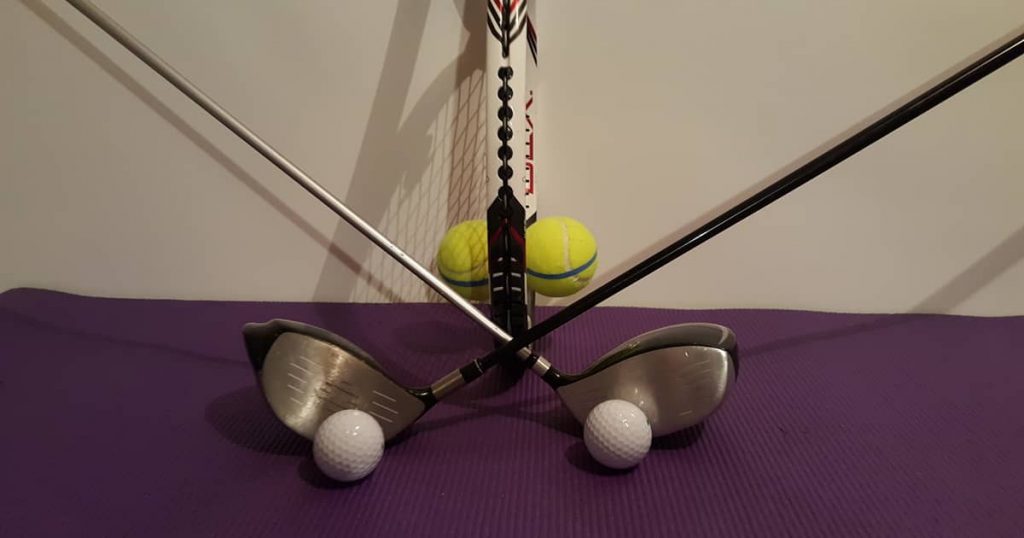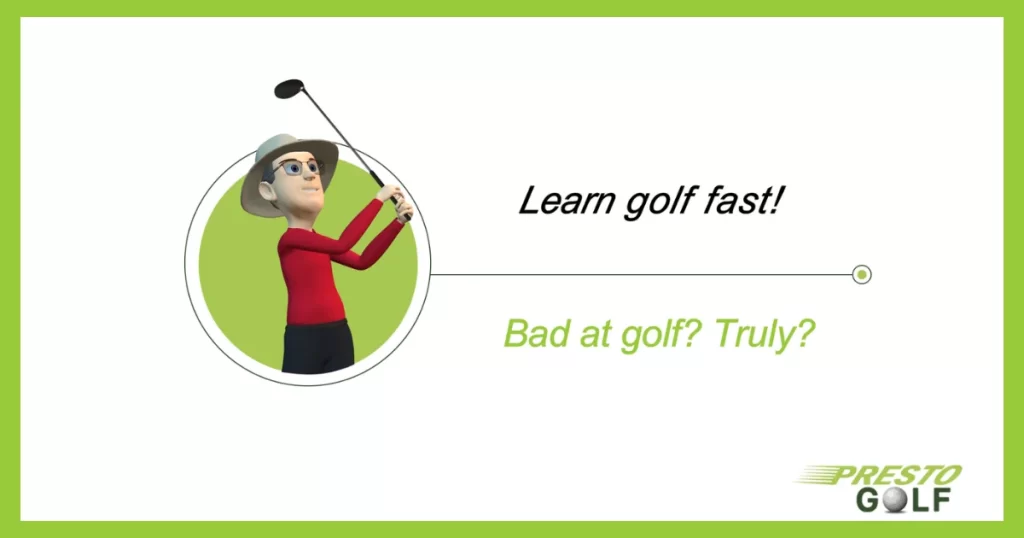“Keep your eyes on the ball!”
This advice provided by golf amateurs who try to act as golf coaches drives me crazy. Especially if it lacks nuances. While staring at the ball for part of a FULL SWING is beneficial, keeping your eyes on the ball for the entire golf swing is bad: erratic balls and risk of injuries ensue. Here’s why.
The risk of injuries when keeping your eyes on the ball
If you try to keep your eyes on the ball for too long, the rotation of your body will stop too abruptly. Your muscles and your joints will be hard hit.
To keep your eyes on the ball, you will strive to keep your head still. This is what amateurs mean by “Do not raise your head or keep your eyes (or head) on the ball”. In a full golf swing, you have to let your head spin, raise and get closer to the target after the club head has gone through the ball. Otherwise, the rotation of the shoulders will inflict a hard blow to your cervical vertebrae. Therefore, you should be looking to the target at the end of your swing. We are far from the immobility of the eyes and the head.
By repeating the wrong movement, you will hurt yourself. This is why it is essential to try and have a fluid swing. Moreover, a fluid swing produces much more power than a jerky or hasty swing.
Erratic ball flights
As the rotation of the shoulders will stop abruptly, the club head will react strongly. The club head will deviate instead of remaining stable. You do not have to be an expert to understand that a “crooked” club head produces a ball flight just as “crooked”. This is particularly the case with “topped” balls.
When should you absolutely keep your eyes on the ball?
Well, do not think that I have the spirit of contradiction. But I would be remiss if I did not mention the exception that confirms the rule. In the short game, it is essential to keep your eyes on the ball, especially for putting, chipping and pitching. Why is that? Because the short game swing IS NOT A FULL SWING. So you do not have to turn as much. And the head remains still, motionless, because everything is done on a single axis, a single pivot: the front foot (left for the right-handed). Therefore, no lateral move nor weight shift occur in the short game. Keeping your head and eyes still for the short game allows you to hit more accurate shots. Why? Because, that way, hand-eye coordination is made easier and you do not run the risk of getting out of posture.
Conclusion
I hope I have busted this golf myth of eyes or head immobility in golf. At least, I hope you understand better now why you often hear that famous scream on a golf course: “Fore! It’s because fans strongly believe that keeping the head still will allow them to hit straight golf shots. Nothing is further from the truth.


